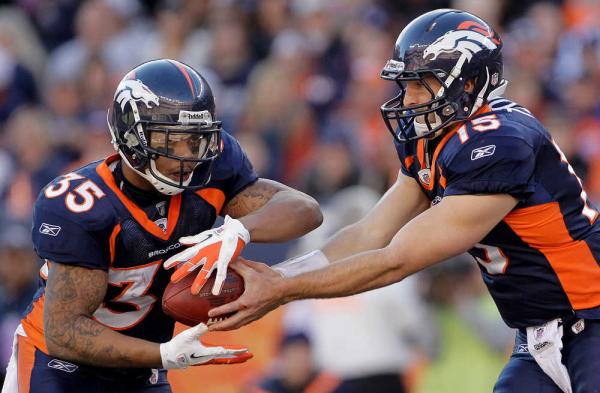Last updated on October 16th, 2025 at 05:20 pm
For this week’s webletter, we have the privilege of offering the article “The Hand Off – Don’t Drop the Ball” on how to handle dental patients by MGE client Laura Hatch, MS, Office Manager of Scripps Rock Dental. Since becoming MGE clients in 2003, Laura and Dr. Tony Hatch have actually built two successful practices, starting out with their Maryland office, which they sold in 2008 to move across the country to San Diego. Now, in Southern California, they have a 100% fee-for-service practice collecting in excess of $190,000 per month with an average of 74 new patients every month. In this article, Laura shares a customer service tip that has worked extremely well in their practice.
 Believe it or not, many patients judge us more on how they are treated than on the dentistry they receive! And while we never relax on quality of treatment, this concept makes it evident that excellent customer service is essential in any dental practice.
Believe it or not, many patients judge us more on how they are treated than on the dentistry they receive! And while we never relax on quality of treatment, this concept makes it evident that excellent customer service is essential in any dental practice.
While there are several elements to high-quality customer service, this article will focus on one particular aspect of it that is often missing in dental offices. This point is what we call the “hand off,” which will not only improve your customer service, but also help your practice run more efficiently.
A hand off in a dental office is very similar to a hand off in a football game. If the football is not handed off well to the next player, then it could be easily fumbled. In an office, the players are your staff and the football is the patient. If a patient isn’t “handed off” properly from one staff member to the next, then:
 that patient can get lost in the processes of the office,
that patient can get lost in the processes of the office,- or their information gets fumbled (lost, misunderstood, altered) along the way.
Dental teams that “fumble the ball” can easily have their patients “recovered” by another dentist. The good news is this can be easily prevented.
From the moment a patient is seated until they finish the appointment and walk out the door, the patient needs to be directed by a staff member and handed off when moving from one area of the office to the next. Usually dental staff walk the patient from one location to another in the office, but they don’t hand over the responsibility of the patient from one team member to the next.
A hand off requires good communication and consists of two parts:
- physically leading the patient to the next place within the office,
- and verbally passing that patient on to the next person on the team.
Moreover, there are three main points to discuss during a verbal hand off:
- A synopsis of what was done during the patient’s appointment today. The staff member passing the patient on to the receiving staff member should tell them the main details of the patient’s visit so far, in case of any future changes to what is planned for the patient. Doing this will also remind the patient of how well they are being treated in the office.
- The next step. The second point to cover with the receiving staff member is the next step for this patient, so they know what the patient needs to do next. Going over the next step also serves to remind the patient of what it is and confirm it with him or her.
- Make sure all of the information is understood. Lastly, the staff member imparting the information needs to confirm that it was understood and complete. In other words,
 ensure that the receiving staff member has all the information to take the patient through the next step of their visit successfully. In addition, confirm with the patient that everything is correct and nothing was left out of the “data transfer,” thereby giving the patient confidence that the “football has been passed.”
ensure that the receiving staff member has all the information to take the patient through the next step of their visit successfully. In addition, confirm with the patient that everything is correct and nothing was left out of the “data transfer,” thereby giving the patient confidence that the “football has been passed.”
Just as a football player needs to be in position and ready to take the ball, the staff member about to receive the patient should be ready for that patient. That means putting aside what you’re working on and paying attention to the information given to you by the staff member bringing you the patient. Make sure you understand the communication and get all the necessary information to fully help the patient with what they need, so you don’t have to go back to get missed data.
A good hand off may not seem like it would make much difference, yet it does play a critical role in building the patient’s trust and satisfaction with your office and their dental care.
You might think: “Oh this is common sense” and assume your staff will just do it instinctively, but this is not the case for everyone. So, train your dental team on this point. The entire team needs to understand why a complete hand off is essential to fine customer service. Then make them practice hand offs until they feel comfortable and it becomes the norm for everyone on the team.
Practice makes perfect. Remember, your dental team can learn to pass that football precisely and seamlessly to make that touchdown.
 that patient can get lost in the processes of the office,
that patient can get lost in the processes of the office, ensure that the receiving staff member has all the information to take the patient through the next step of their visit successfully. In addition, confirm with the patient that everything is correct and nothing was left out of the “data transfer,” thereby giving the patient confidence that the “football has been passed.”
ensure that the receiving staff member has all the information to take the patient through the next step of their visit successfully. In addition, confirm with the patient that everything is correct and nothing was left out of the “data transfer,” thereby giving the patient confidence that the “football has been passed.”
